Andrea Formisano
UNIUD
Data2Concept2Text: An Explainable Multilingual Framework for Data Analysis Narration
Feb 13, 2025Abstract:This paper presents a complete explainable system that interprets a set of data, abstracts the underlying features and describes them in a natural language of choice. The system relies on two crucial stages: (i) identifying emerging properties from data and transforming them into abstract concepts, and (ii) converting these concepts into natural language. Despite the impressive natural language generation capabilities demonstrated by Large Language Models, their statistical nature and the intricacy of their internal mechanism still force us to employ these techniques as black boxes, forgoing trustworthiness. Developing an explainable pipeline for data interpretation would allow facilitating its use in safety-critical environments like processing medical information and allowing non-experts and visually impaired people to access narrated information. To this end, we believe that the fields of knowledge representation and automated reasoning research could present a valid alternative. Expanding on prior research that tackled the first stage (i), we focus on the second stage, named Concept2Text. Being explainable, data translation is easily modeled through logic-based rules, once again emphasizing the role of declarative programming in achieving AI explainability. This paper explores a Prolog/CLP-based rewriting system to interpret concepts-articulated in terms of classes and relations, plus common knowledge-derived from a generic ontology, generating natural language text. Its main features include hierarchical tree rewritings, modular multilingual generation, support for equivalent variants across semantic, grammar, and lexical levels, and a transparent rule-based system. We outline the architecture and demonstrate its flexibility through some examples capable of generating numerous diverse and equivalent rewritings based on the input concept.
* In Proceedings ICLP 2024, arXiv:2502.08453
Epistemic Logic Programs: a study of some properties
Sep 28, 2023Abstract:Epistemic Logic Programs (ELPs), extend Answer Set Programming (ASP) with epistemic operators. The semantics of such programs is provided in terms of world views, which are sets of belief sets, i.e., syntactically, sets of sets of atoms. Different semantic approaches propose different characterizations of world views. Recent work has introduced semantic properties that should be met by any semantics for ELPs, like the Epistemic Splitting Property, that, if satisfied, allows to modularly compute world views in a bottom-up fashion, analogously to ``traditional'' ASP. We analyze the possibility of changing the perspective, shifting from a bottom-up to a top-down approach to splitting. We propose a basic top-down approach, which we prove to be equivalent to the bottom-up one. We then propose an extended approach, where our new definition: (i) is provably applicable to many of the existing semantics; (ii) operates similarly to ``traditional'' ASP; (iii) provably coincides under any semantics with the bottom-up notion of splitting at least on the class of Epistemically Stratified Programs (which are, intuitively, those where the use of epistemic operators is stratified); (iv) better adheres to common ASP programming methodology.
An xAI Approach for Data-to-Text Processing with ASP
Aug 30, 2023Abstract:The generation of natural language text from data series gained renewed interest among AI research goals. Not surprisingly, the few proposals in the state of the art are based on training some system, in order to produce a text that describes and that is coherent to the data provided as input. Main challenges of such approaches are the proper identification of "what" to say (the key descriptive elements to be addressed in the data) and "how" to say: the correspondence and accuracy between data and text, the presence of contradictions/redundancy in the text, the control of the amount of synthesis. This paper presents a framework that is compliant with xAI requirements. In particular we model ASP/Python programs that enable an explicit control of accuracy errors and amount of synthesis, with proven optimal solutions. The text description is hierarchically organized, in a top-down structure where text is enriched with further details, according to logic rules. The generation of natural language descriptions' structure is also managed by logic rules.
* In Proceedings ICLP 2023, arXiv:2308.14898
Parallel Logic Programming: A Sequel
Nov 22, 2021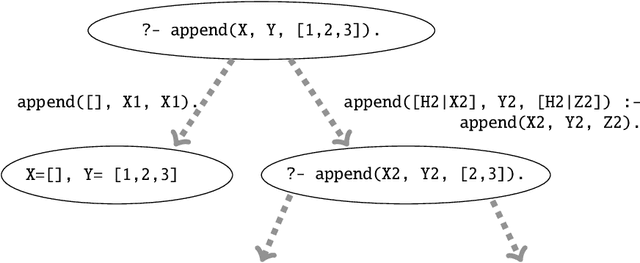
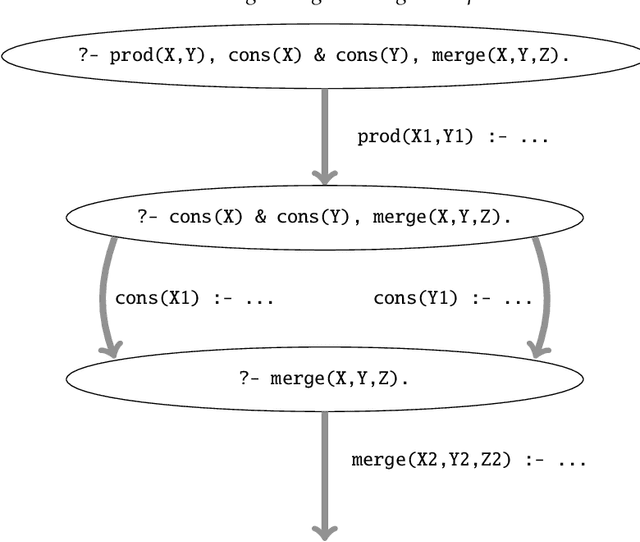
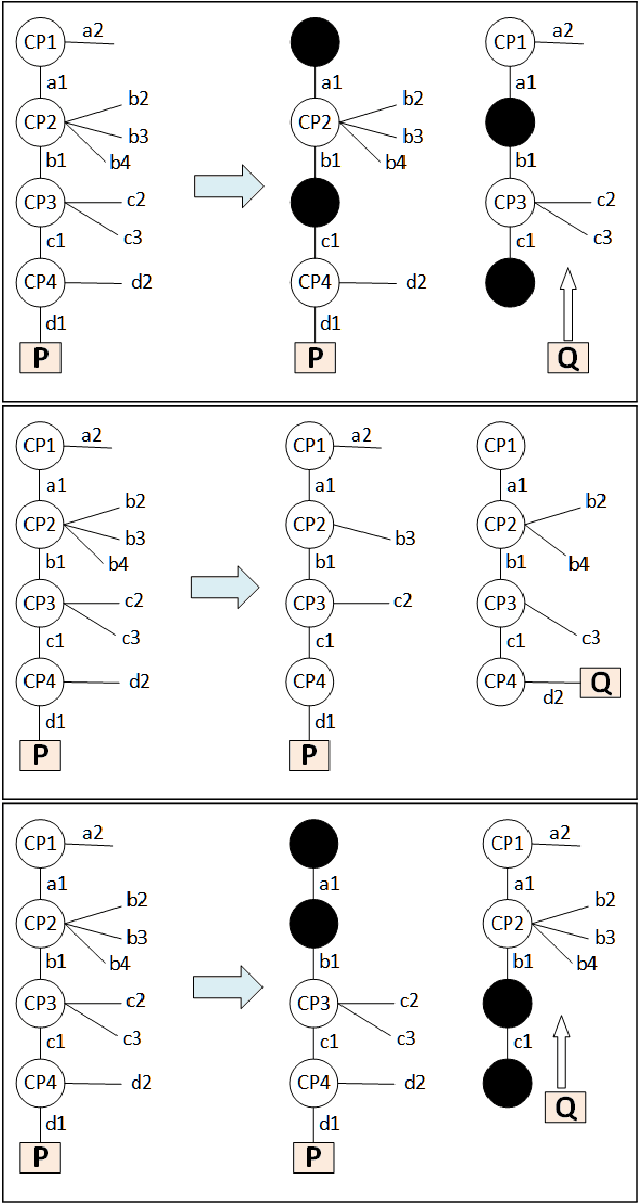
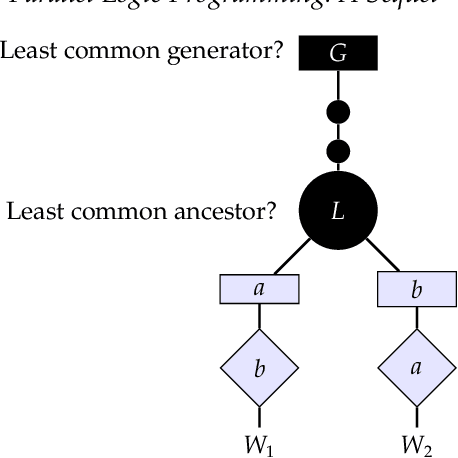
Abstract:Multi-core and highly-connected architectures have become ubiquitous, and this has brought renewed interest in language-based approaches to the exploitation of parallelism. Since its inception, logic programming has been recognized as a programming paradigm with great potential for automated exploitation of parallelism. The comprehensive survey of the first twenty years of research in parallel logic programming, published in 2001, has served since as a fundamental reference to researchers and developers. The contents are quite valid today, but at the same time the field has continued evolving at a fast pace in the years that have followed. Many of these achievements and ongoing research have been driven by the rapid pace of technological innovation, that has led to advances such as very large clusters, the wide diffusion of multi-core processors, the game-changing role of general-purpose graphic processing units, and the ubiquitous adoption of cloud computing. This has been paralleled by significant advances within logic programming, such as tabling, more powerful static analysis and verification, the rapid growth of Answer Set Programming, and in general, more mature implementations and systems. This survey provides a review of the research in parallel logic programming covering the period since 2001, thus providing a natural continuation of the previous survey. The goal of the survey is to serve not only as a reference for researchers and developers of logic programming systems, but also as engaging reading for anyone interested in logic and as a useful source for researchers in parallel systems outside logic programming. Under consideration in Theory and Practice of Logic Programming (TPLP).
Proceedings 37th International Conference on Logic Programming (Technical Communications)
Sep 15, 2021Abstract:ICLP is the premier international event for presenting research in logic programming. Contributions to ICLP 2021 were sought in all areas of logic programming, including but not limited to: Foundations: Semantics, Formalisms, Nonmonotonic reasoning, Knowledge representation. Languages issues: Concurrency, Objects, Coordination, Mobility, Higher order, Types, Modes, Assertions, Modules, Meta-programming, Logic-based domain-specific languages, Programming techniques. Programming support: Program analysis, Transformation, Validation, Verification, Debugging, Profiling, Testing, Execution visualization. Implementation: Compilation, Virtual machines, Memory management, Parallel and Distributed execution, Constraint handling rules, Tabling, Foreign interfaces, User interfaces. Related Paradigms and Synergies: Inductive and coinductive logic programming, Constraint logic programming, Answer set programming, Interaction with SAT, SMT and CSP solvers, Theorem proving, Argumentation, Probabilistic programming, Machine learning. Applications: Databases, Big data, Data integration and federation, Software engineering, Natural language processing, Web and semantic web, Agents, Artificial intelligence, Computational life sciences, Cyber-security, Robotics, Education.
Multi-Context Systems: Dynamics and Evolution (Pre-Print of "Multi-context systems in dynamic environments")
Jun 12, 2021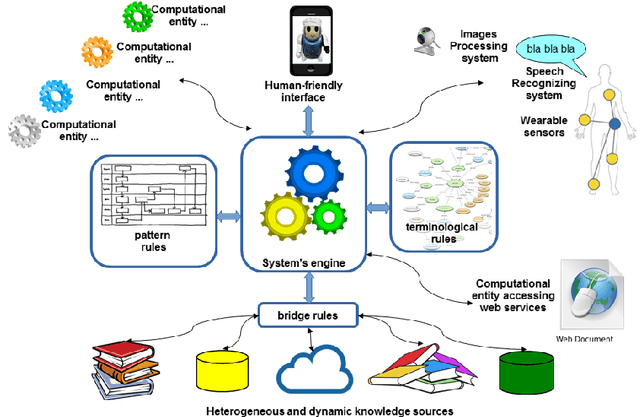
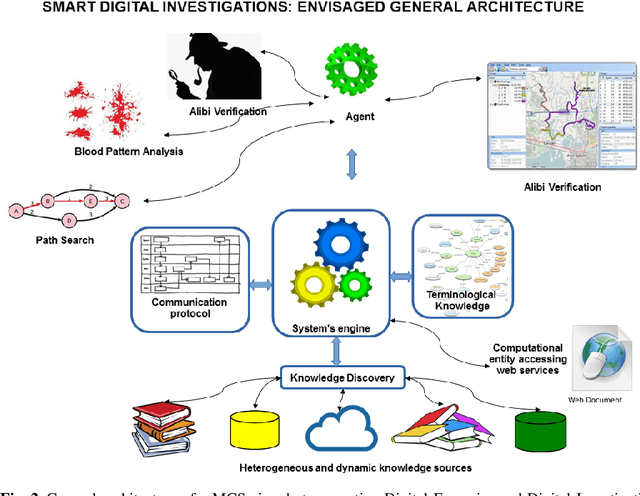
Abstract:Multi-Context Systems (MCS) model in Computational Logic distributed systems composed of heterogeneous sources, or "contexts", interacting via special rules called "bridge rules". In this paper, we consider how to enhance flexibility and generality in bridge-rules definition and application. In particular, we introduce and discuss some formal extensions of MCSs useful for a practical use in dynamic environments, and we try to provide guidelines for implementations
* 35 pages 2 figures
Proceedings 35th International Conference on Logic Programming (Technical Communications)
Sep 17, 2019Abstract:Since the first conference held in Marseille in 1982, ICLP has been the premier international event for presenting research in logic programming. Contributions are sought in all areas of logic programming, including but not restricted to: Foundations: Semantics, Formalisms, Nonmonotonic reasoning, Knowledge representation. Languages: Concurrency, Objects, Coordination, Mobility, Higher Order, Types, Modes, Assertions, Modules, Meta-programming, Logic-based domain-specific languages, Programming Techniques. Declarative programming: Declarative program development, Analysis, Type and mode inference, Partial evaluation, Abstract interpretation, Transformation, Validation, Verification, Debugging, Profiling, Testing, Execution visualization Implementation: Virtual machines, Compilation, Memory management, Parallel/distributed execution, Constraint handling rules, Tabling, Foreign interfaces, User interfaces. Related Paradigms and Synergies: Inductive and Co-inductive Logic Programming, Constraint Logic Programming, Answer Set Programming, Interaction with SAT, SMT and CSP solvers, Logic programming techniques for type inference and theorem proving, Argumentation, Probabilistic Logic Programming, Relations to object-oriented and Functional programming. Applications: Databases, Big Data, Data integration and federation, Software engineering, Natural language processing, Web and Semantic Web, Agents, Artificial intelligence, Computational life sciences, Education, Cybersecurity, and Robotics.
GPU-based parallelism for ASP-solving
Sep 04, 2019

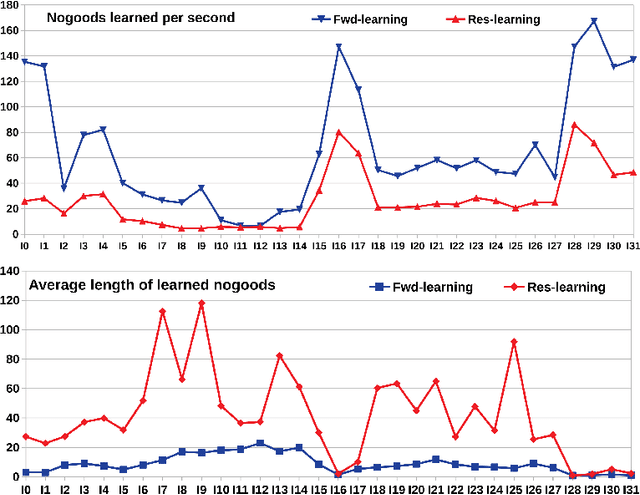
Abstract:Answer Set Programming (ASP) has become, the paradigm of choice in the field of logic programming and non-monotonic reasoning. Thanks to the availability of efficient solvers, ASP has been successfully employed in a large number of application domains. The term GPU-computing indicates a recent programming paradigm aimed at enabling the use of modern parallel Graphical Processing Units (GPUs) for general purpose computing. In this paper we describe an approach to ASP-solving that exploits GPU parallelism. The design of a GPU-based solver poses various challenges due to the peculiarities of GPUs' software and hardware architectures and to the intrinsic nature of the satisfiability problem.
Introduction to the 35th International Conference on Logic Programming Special Issue
Aug 10, 2019Abstract:We are proud to introduce this special issue of Theory and Practice of Logic Programming (TPLP), dedicated to the regular papers accepted for the 35th International Conference on Logic Programming (ICLP). The ICLP meetings started in Marseille in 1982 and since then constitute the main venue for presenting and discussing work in the area of logic programming. Under consideration for acceptance in TPLP.
Query Answering in Resource-Based Answer Set Semantics
Aug 04, 2016Abstract:In recent work we defined resource-based answer set semantics, which is an extension to answer set semantics stemming from the study of its relationship with linear logic. In fact, the name of the new semantics comes from the fact that in the linear-logic formulation every literal (including negative ones) were considered as a resource. In this paper, we propose a query-answering procedure reminiscent of Prolog for answer set programs under this extended semantics as an extension of XSB-resolution for logic programs with negation. We prove formal properties of the proposed procedure. Under consideration for acceptance in TPLP.
 Add to Chrome
Add to Chrome Add to Firefox
Add to Firefox Add to Edge
Add to Edge